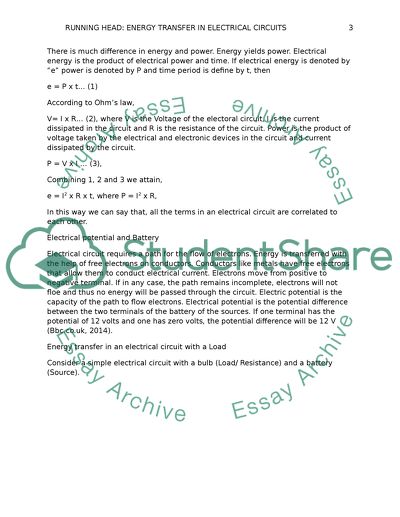Cite this document
(“Energy Transfer in electrical circuits Research Paper”, n.d.)
Energy Transfer in electrical circuits Research Paper. Retrieved from https://studentshare.org/miscellaneous/1664059-energy-transfer-in-electrical-circuits
Energy Transfer in electrical circuits Research Paper. Retrieved from https://studentshare.org/miscellaneous/1664059-energy-transfer-in-electrical-circuits
(Energy Transfer in Electrical Circuits Research Paper)
Energy Transfer in Electrical Circuits Research Paper. https://studentshare.org/miscellaneous/1664059-energy-transfer-in-electrical-circuits.
Energy Transfer in Electrical Circuits Research Paper. https://studentshare.org/miscellaneous/1664059-energy-transfer-in-electrical-circuits.
“Energy Transfer in Electrical Circuits Research Paper”, n.d. https://studentshare.org/miscellaneous/1664059-energy-transfer-in-electrical-circuits.


